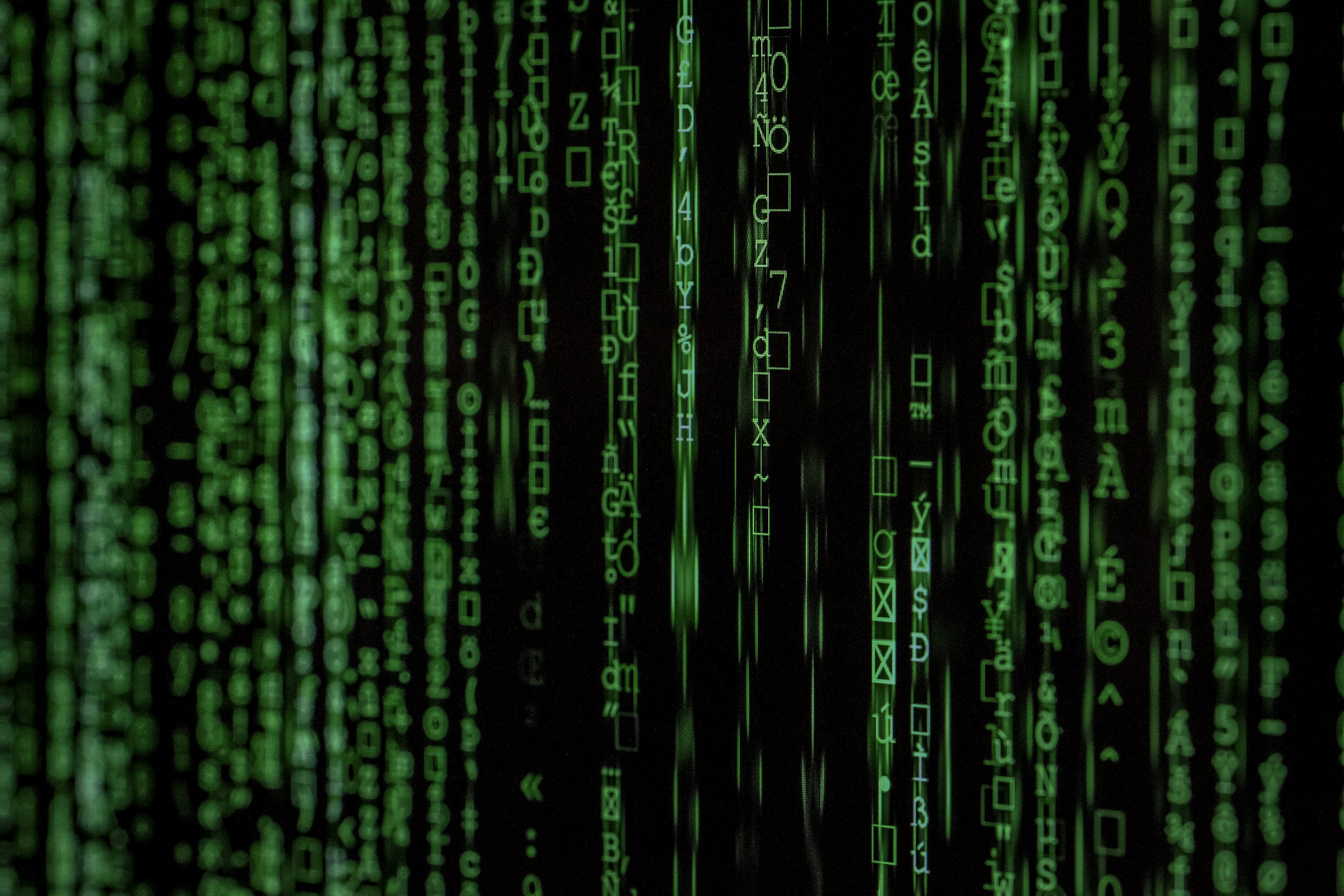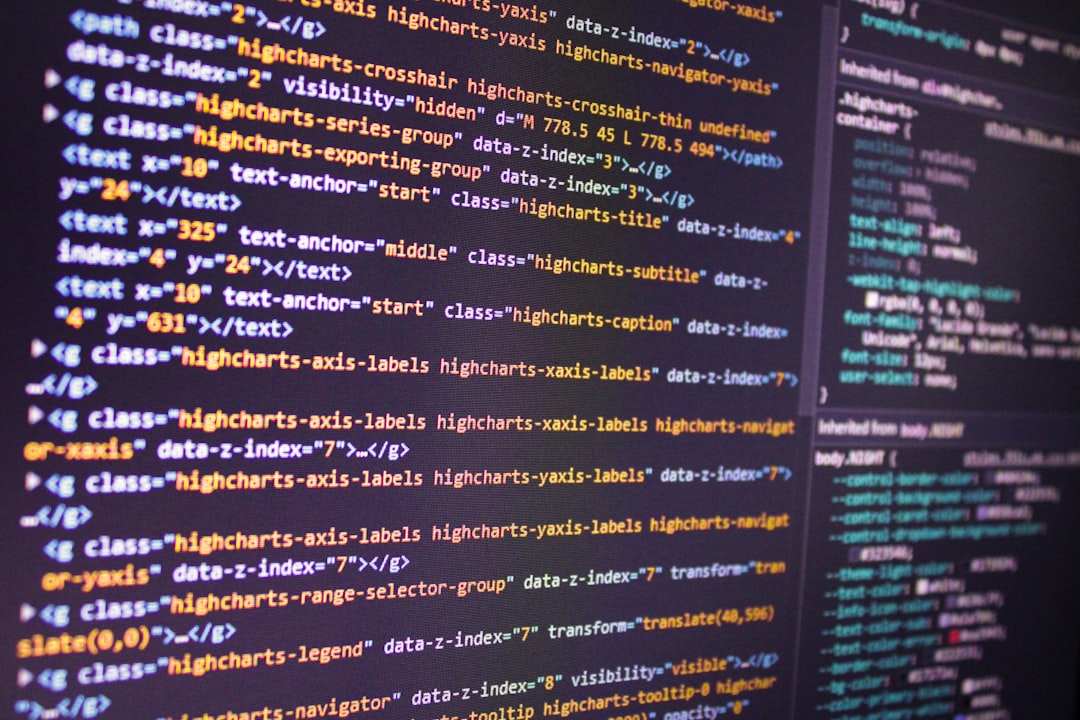ASSUMED AUDIENCE
those attempting to navigate the confusing and frustrating tension between analog and digital life and how that shapes our social relationships
Greetings, friends.
This issue may be looser on the cohesion than I’d prefer, as the last couple of weeks have been physically not great. In other words, the body may sometimes be a wonderland, but it is also often a funhouse of horrors.
I was talking with a friend the other day, and we were reflecting on the practice of hope, especially in the midst of trials of parenting (her) and health (me). I shared about how I’m coming more and more to take the long view, as in, the game is played in eons and eternities, not days and years, and how the long arc of human history bends toward the return of Jesus. When kids worry about humanity running out of resources, school shootings, and peer bullying, and adults worry about keeping body and soul together for themselves and their families until the end of the day, let alone the week… Well, hope is either a dangerous game for fools, or it’s the only thing holding us steady.
But hope for, with, and in what? Among other things, hope that the kingdom of God is a reality that can break through even the fear of loss and pain, the heaviness of frustration and decay. Hope that the straightjacket of this present moment will indeed be unwound and set aside, somewhen. The truest thing I know to say is that I live in hope.
But there are some days in which I sigh and with all creation groan, as I wait for hope to come for me.
Speaking of the physicalities of living in bodies and using resources, I recently encountered a post by N.S. Lyons reflecting on the Canadian trucker protests in 2022 (gosh, a year ago already). Among the many interesting insights of that post, Lyons offered a different categorization that I’ve found incredibly helpful in trying to understand the socio-economic and cultural water of our moment: that of the Physicals and the Virtuals.
The composition of these two groups falls more or less in line with how you might guess. Where Physicals quite literally work and live in a specific location, Virtuals find themselves anywhere, the global nomads of a dispersed workforce. If Physicals move raw materials and consumer goods from place to place, Virtuals determine which goods are wanted and where. As Physicals manage environmental infrastructures such as electricity, food, sewage, Virtuals manage abstract infrastructures such as data, information, narratives. Physicals operate visible tools; Virtuals operate abstract bytes.
As Lyons observes, “the most relevant distinction between Virtuals and Physicals is that the Virtuals are now everywhere unambiguously the ruling class. In a world in which knowledge is the primary component of value-added production (or so we are told), and economic activity is increasingly defined by the digital and the abstract, they have been the overwhelming winners, accumulating financial, political, and cultural status and influence. In part this is because the ruling class is also a global class, and so has access to global capital.” But, and this is a huge but, “the Virtual ruling class has a vulnerability that it has not yet solved. […] Ultimately, they still remain reliant on the physical world.”
Of all the things Virtuals prize and pursue, “luxury gnosticism” might top the list: the almost-within-grasp dream of unmooring selves from bodies, of not dealing with dirty, smelly, awkward beings, or of disengaging from meatspace to roam the digital halls of virtual reality. We have yet to overcome that pesky barrier of death, but the dream persists. And the Virtuals do their best to arrange the narratives in such ways as to accelerate the manifestation of that dream (or at least mimic it as much as possible).
Essentially, what differentiates Virtuals and Physicals are their competing claims about reality, power, and control: what it is, who has it, and how to wield it.

Michael Sacasas also has things to say about infrastructure, too, specifically our communication technology infrastructures. In a distinction that may map out well with the Virtuals and Physicals, he traces the emergence of the Digital City over the last couple of decades and its uneasy sharing of territory with the Analog City. The Digital City reflects the prevalence (and dominance) of social media tools, near-instantaneous speeds of information transfer, and a 24/7 glut of data available via pocket-sized computers. (Apropos of little, I’m rewatching Star Trek: The Next Generation, and I frequently wonder how much Jobs, Wozniak, et al., took inspiration from the tricorders on those shows. I’m sure someone can tell me.) But back to our cities. The Analog City reflects the legacy of print culture and earlier (some might call slower) forms of electronic media such as tv and radio.
While these basic distinctions are familiar to us, Sacasas wants to draw our attention to a more subtle distinction that we do not often attend to. Specifically, he looks at how the changing technologies of these two cities create a new social, mental, and emotional environment “with different assumptions, principles, and habits” that affects what we think about, how we think, and the “arena in which thoughts develop.” Residents of the Analog City see the expression of words on a page as inert, slow, subject to verification of truth claims, and (relatively) harmless, existing “outside” the self in a way that enables a kind of buffering between “self” and “expression.” Denizens of the Digital City, however, experience the expression of words via screen as fluid, impermanent, with a plurality of meanings available to us at any given second. We are sponges, absorbing the influence of “bots and opaque algorithmic processes, which alternately and capriciously curse or bless us.”
Toward the end of his essay, Sacasas points out that, in the Digital City, you and I “become keenly aware of [ourselves] engaging in the work of impression management, and [we suspect] that everyone else is involved in the same activity. As a result, we experience the digital self as an artificial construct or, worse, as a self-interested manipulation of social relations.” I think we’re all keenly aware of just how manipulated our social relationships feel these days, even as we find ourselves drawn ever more into the web of social technologies that both extract and numb our desires.
So, Virtuals and Physicals traversing the Analog and Digital Cities?
It makes enough sense that I think it’s worth continuing to reflect on these denizens and environments. I’m curious to see what changes or expands by adding these lenses into the repertoire of skills for describing our water. Do these distinctions follow or cut across generational lines, economic classes? What about educational or professional spheres?
And of course, this connects with Rosa’s observations about the late-modern perception of the controllability of the world around us. Specifically, because the world is actually uncontrollable, because we experience it as a constant series of “points of aggression” that need mastering or exploiting, we respond by attempting to manipulate either the physical or the social infrastructures of reality.
What strikes me the most in considering these essays is that the Virtuals have become the “global ruling class” more by virtue of learning how to navigate the changes from the Analog to the Digital City than anything else. The Virtuals might be understood as “first out of the gate” in leveraging the construction of algorithms and social relationships through these new communication technologies. They have gotten used to being the first to “shape the narrative,” as it were (what a poisonous little phrase these days).
But as long as Virtuals need to eat, pee, and take out the garbage, they assent to physical reality, however much they wish they didn’t.
The Virtuals have, perhaps, lost sight of a truth that Physicals yet retain. Reality, for all its decay and frustration, remains stubbornly resistant to narratives that declare “there is no spoon.” And the Physicals may yet be the ones standing athwart the supply chains, going “How do you like them apples, huh?”
Anyway, more anon. But in the meantime, what do y’all think of these ideas?
Let’s be hopeful, creative, and wise—together.
Shalom,
Megan.
If you’re constantly feeling the suspicion that your actions in the world don’t fully reflect who you are (or want to be), A Guide for Cultivating CEDAR in Your Life will help you find that synchronicity in your daily routines.
My Guide for Cultivating CEDAR is a free, self-paced worksheet designed to help you:
gain clarity on where you experience frustration, confusion, and procrastination in your daily routines,
identify a key skill that will help you make effective changes in your routines or tools, and
take your next meaningful action so you can do your most effective work in the world.














Two Peoples, Two Cities & the Tension Between Them